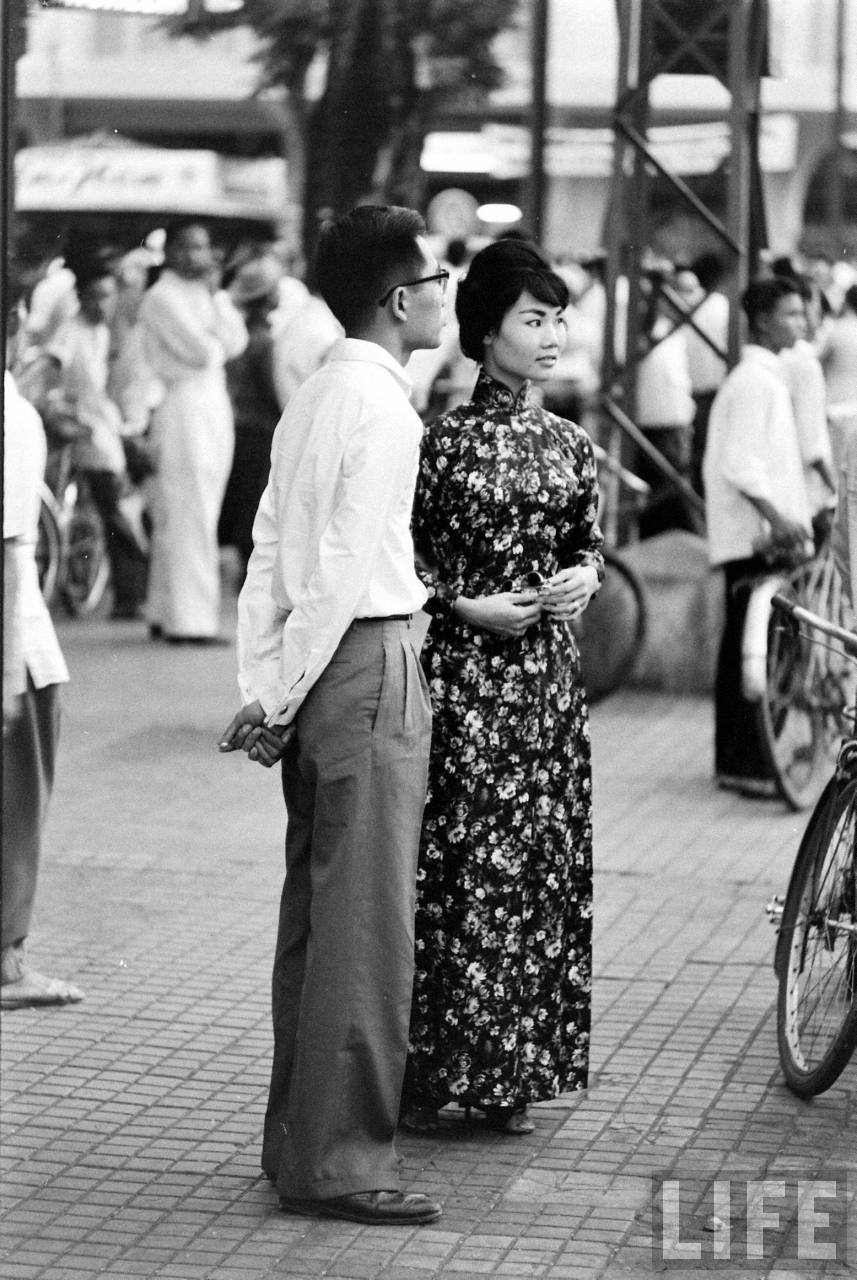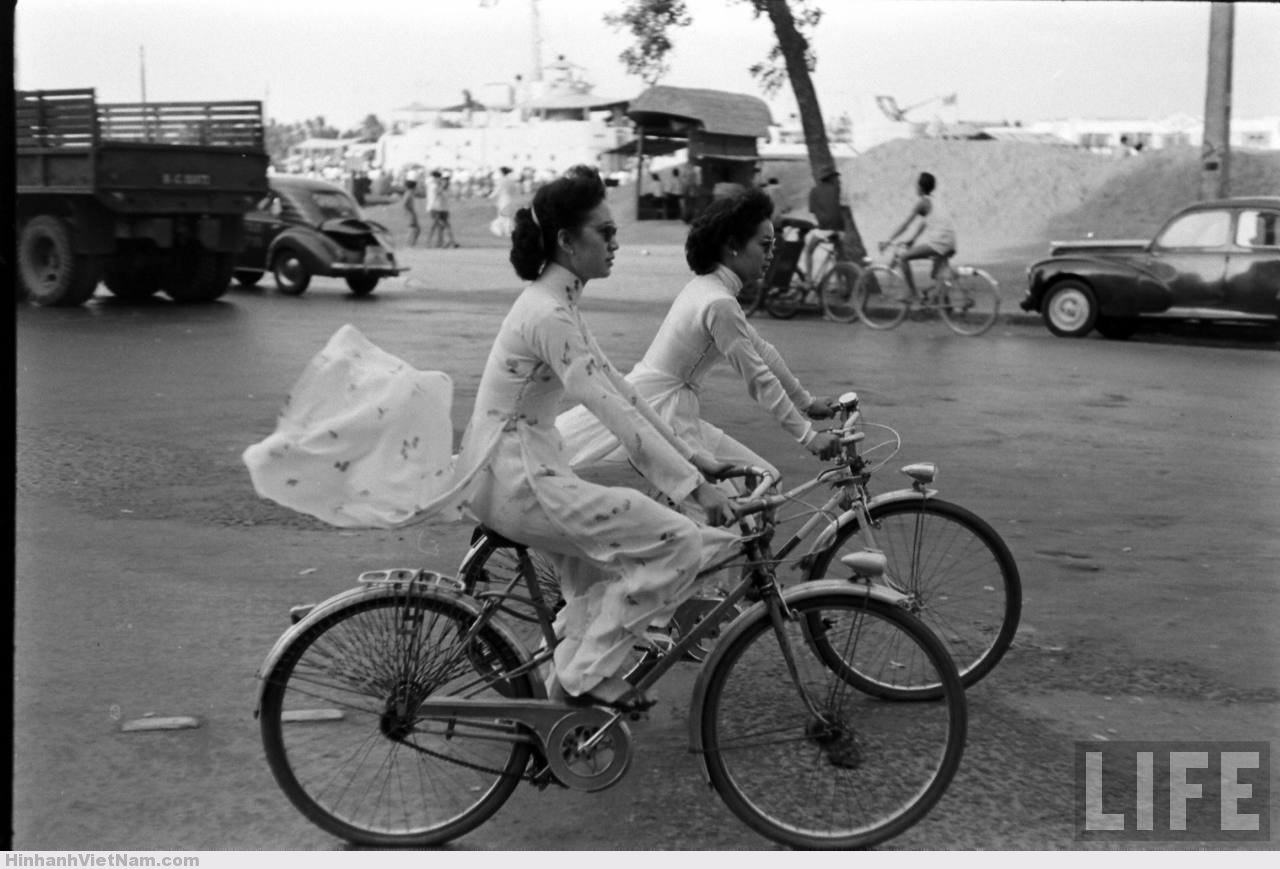With a history of more than 4000 years, Vietnam has gone through countless stages of development and cultural assimilation, corresponding to which are flexible changes in community aesthetic tastes, especially expressed through women's clothing.
1. 2000 BC - 200 AD
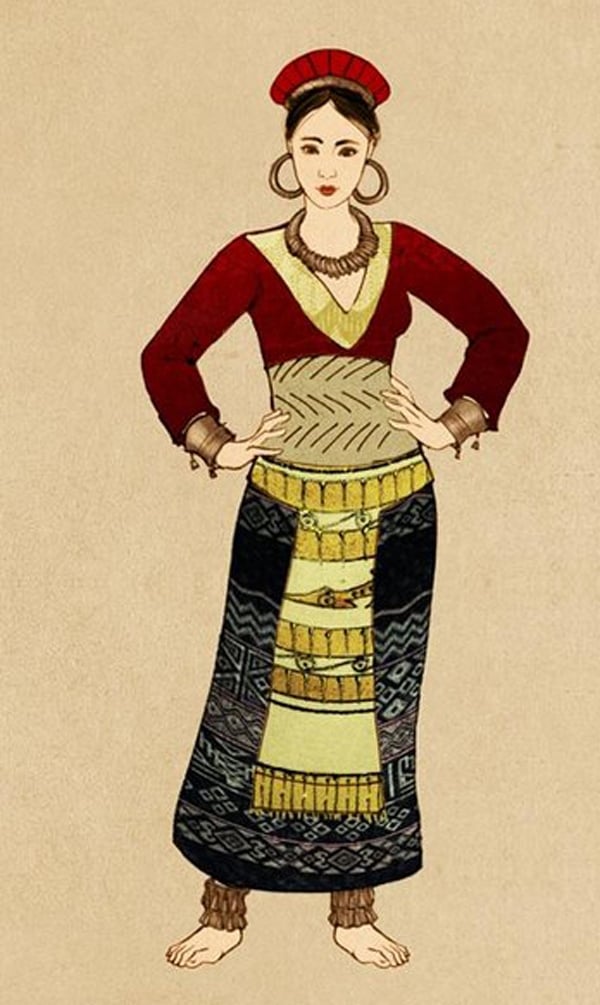
Women's costumes during the Hung Kings period were more elaborately decorated than men's. Women wore short shirts reaching to the waist, with a brassiere underneath, and a belt with three rows of evenly spaced dots decorated below the chest. The patterns on the shirts were similar to those carved on drums or bronze knives during this period. The costumes reflected the strong beauty of women.
2. 11th - 19th century

Le Dynasty - women's clothing design flourished with elaborate details, many layers of robes, and eye-catching colors.
Through each feudal dynasty, women's clothing changed more or less: from the pattern, sleeve style, main color. But in general, the costumes were often meticulously sewn in many layers to imply the softness and grace of women, the materials and designs were influenced by Chinese culture and there was a very clear distinction between the costumes of commoners and royalty. In particular, the costumes of women in the Tay Son period were quite similar to war uniforms with the skirt replaced by pants.
3. Early 20th century - before 1945
The influence of Western culture made women's clothing during this period less elaborate, simply cut and tailored with moderate length for ease of movement and work. Women mainly wore ao tu than, wore yếm, went barefoot, and had their teeth blackened.
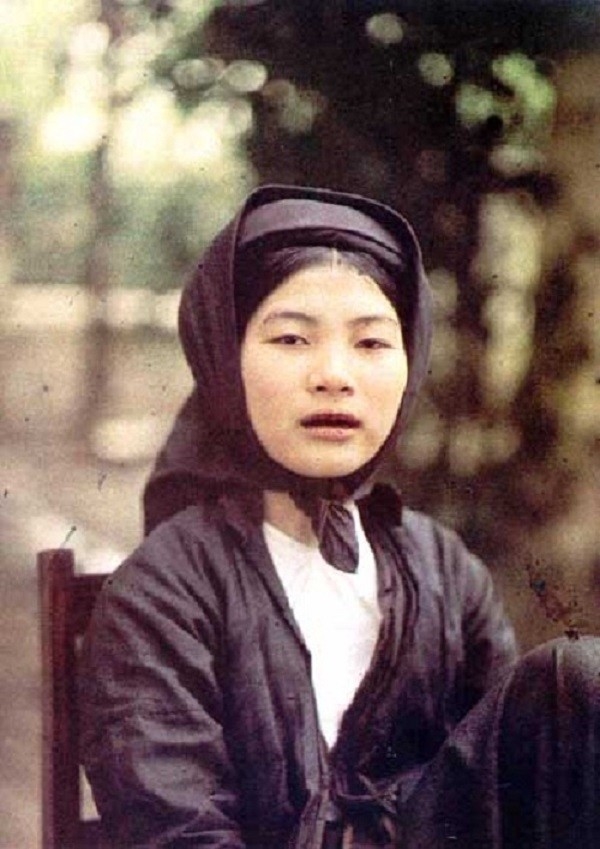
Northern women have their hair neatly rolled up, wear scarves, and have their teeth dyed black.
Northern women's clothing cannot be without hats. When going out, they wear three-tiered hats, when working in the fields, they wear smaller hats. Women's hair must always be neatly combed. Northern women often wrap their hair in a narrow scarf around their head, the remaining part is tucked under the scarf's brim and swept to one side like a ponytail. Southern women often tie their hair behind their neck.
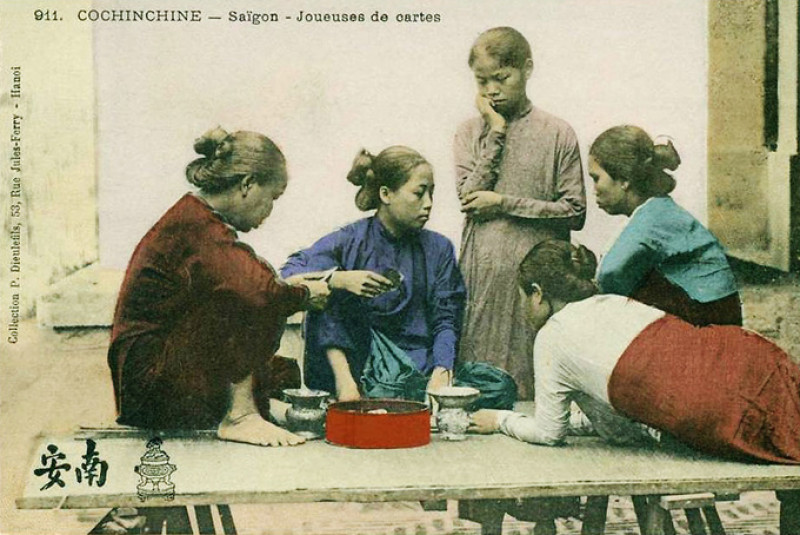
Old Saigon woman with hair tied behind her head.
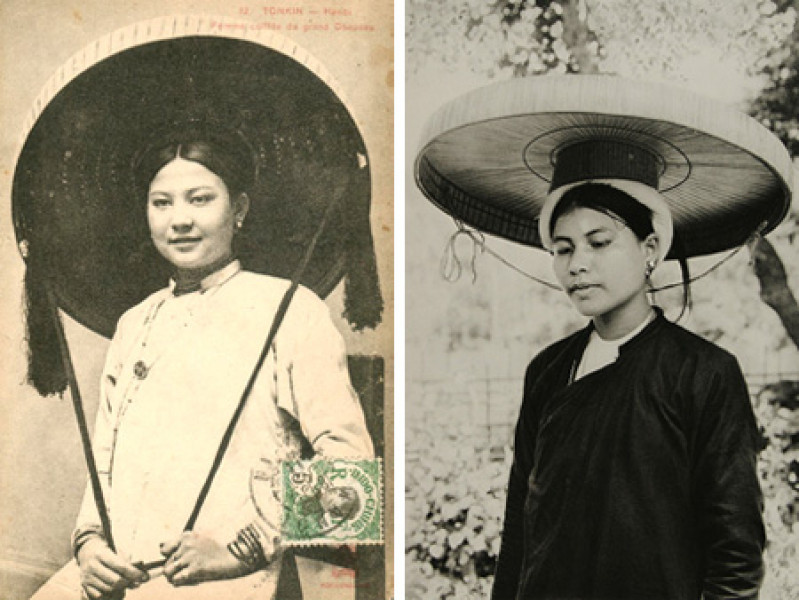
Women and conical hats.
4. After 1945 - late 20th century
Clothing was strongly influenced by the process of Westernization. In urban areas, women mainly wore dresses or modernized ao dai, while rural women in the North still wore brown blouses, black silk pants, and square scarves. Meanwhile, in Saigon, women wore black trousers when married, while white trousers were a signal to young girls that they were still single.
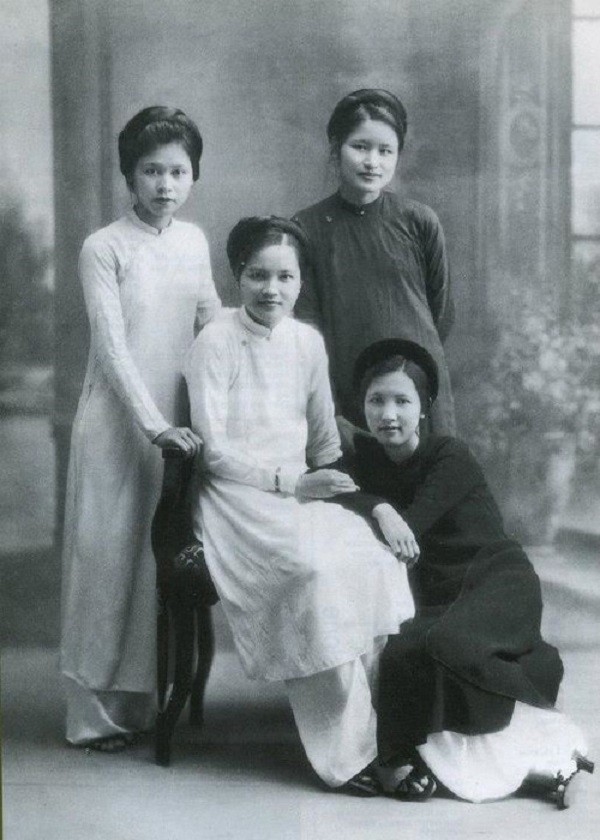
The four great beauties of Hanoi in the 1930s.
From 1975 to the end of the 20th century, Vietnamese women's clothing seemed to pay more attention to honoring each individual's figure, women were free to choose their own clothes. Young girls in Saigon caught up faster, emerging with modern and "fashionable" beauty, creating many unique fashion trends while also leading to a conflict of perception between traditional beauty and modern beauty in the community.

Fashionable and traditional costumes of Saigon women in the late 20th century.
5. 21st century
Fashion in the 21st century has become a fascinating industry. Along with the transformation of the fashion wave imported from the world, modern Vietnamese women's clothing has transformed to suit the reality of the new lifestyle. They have different clothing choices for each activity: going out, traveling, going to work, staying at home,... And no matter how it changes, the final outfit is still an item that enhances the beauty of women. As long as they do not get caught up in the trend and accidentally turn themselves into a "sacrificial object" for this "tailoring industry".
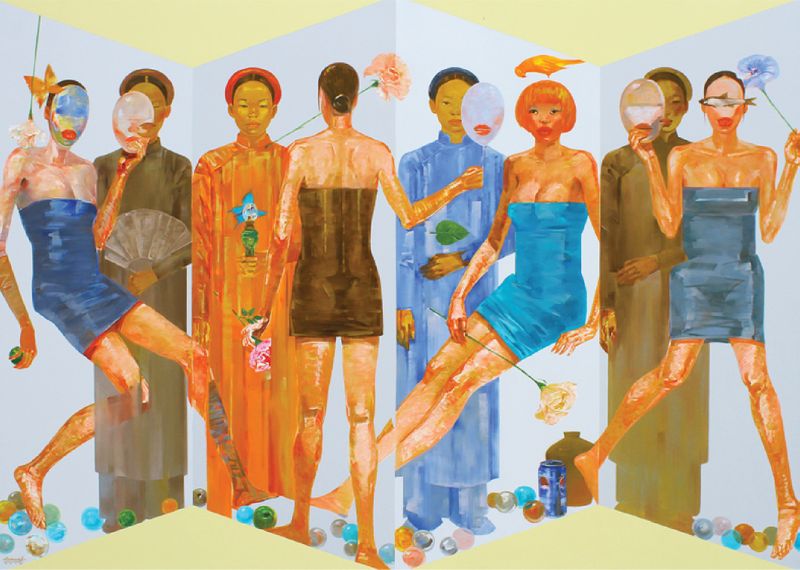
Two Worlds - painting by director Dao Quoc Huy.
A clip by Ngoc Thao simulates the journey of women's clothing changes over 100 years.





